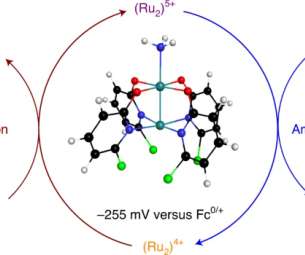UW Madison chemists discover new way to harness energy from ammonia
Green Car Congress
NOVEMBER 12, 2021
A research team at the University of Wisconsin–Madison has identified a new way to convert ammonia to nitrogen gas through a process that could be a step toward ammonia replacing carbon-based fuels. This technology could enable a carbon-free fuel economy, but it’s one half of the puzzle. —Christian Wallen, co-author.





















Let's personalize your content